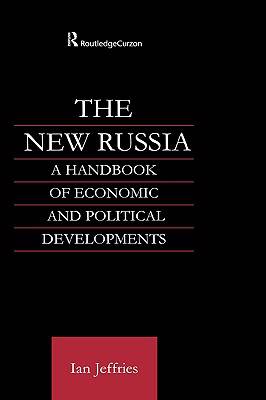
- Afhalen na 1 uur in een winkel met voorraad
- Gratis thuislevering in België vanaf € 30
- Ruim aanbod met 7 miljoen producten
- Afhalen na 1 uur in een winkel met voorraad
- Gratis thuislevering in België vanaf € 30
- Ruim aanbod met 7 miljoen producten
Zoeken
€ 366,45
+ 732 punten
Uitvoering
Omschrijving
The rapid changes in Russia since the collapse of the Soviet Union are often bewildering, with many frequent, highly significant changes in the different sectors of the economy and the political system. There have been frequent changes of personnel in government and economic management and many changes have been reversed - and sometimes forgotten, or at other times reinstated. What happened when? Who was responsible for what? Did such a change in one sector precede or follow a particular change elsewhere? These are points not easily remembered. This book provides full details of the many changes, and enables sense to be made of what would otherwise be a confusing situation. Developments are arranged chronologically by sector, and the book is unusual in extensively chronicling both economic and political developments and the crucial connections between them. There is a generous introduction and overview to help the reader find his or her way around. The material covers the period up to late autumn 2000, and thus offers a valuable guide to policies in the Putin era.
Specificaties
Betrokkenen
- Auteur(s):
- Uitgeverij:
Inhoud
- Aantal bladzijden:
- 656
- Taal:
- Engels
Eigenschappen
- Productcode (EAN):
- 9780700716210
- Verschijningsdatum:
- 16/05/2002
- Uitvoering:
- Hardcover
- Formaat:
- Genaaid
- Afmetingen:
- 160 mm x 242 mm
- Gewicht:
- 1088 g

Alleen bij Standaard Boekhandel
+ 732 punten op je klantenkaart van Standaard Boekhandel
Beoordelingen
We publiceren alleen reviews die voldoen aan de voorwaarden voor reviews. Bekijk onze voorwaarden voor reviews.











